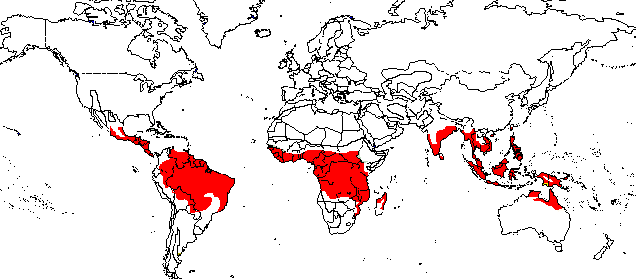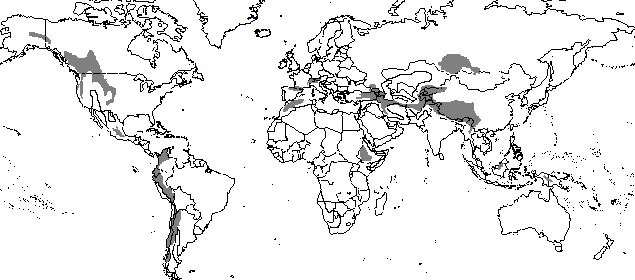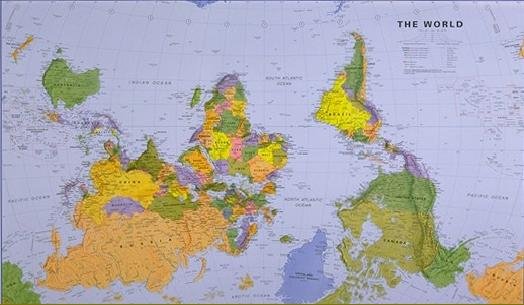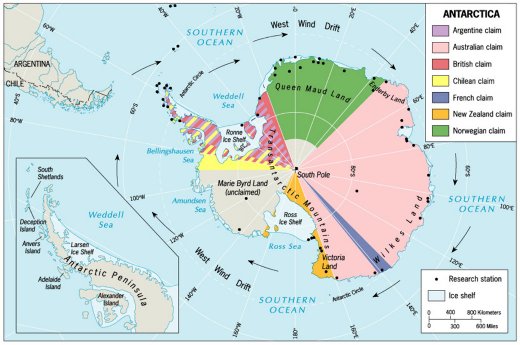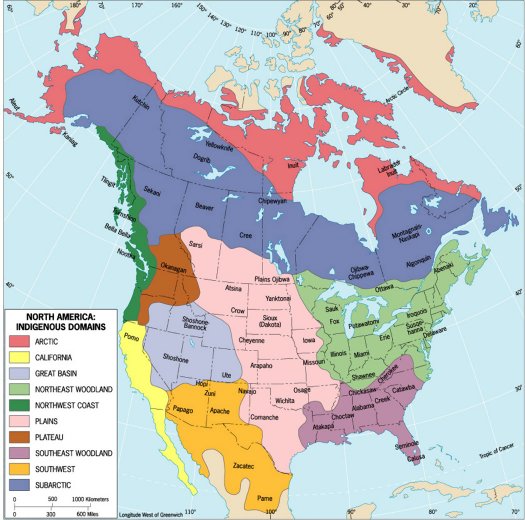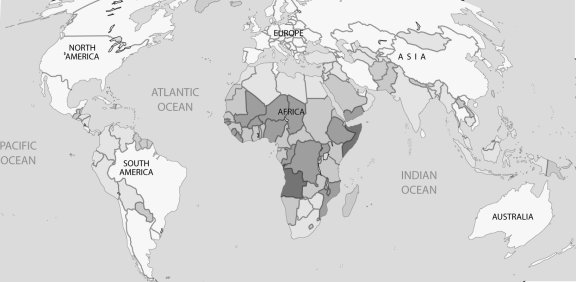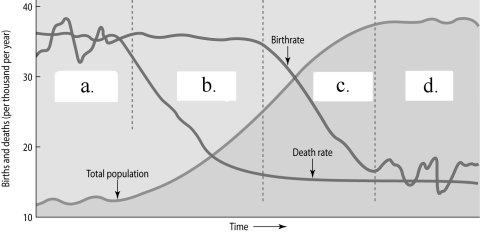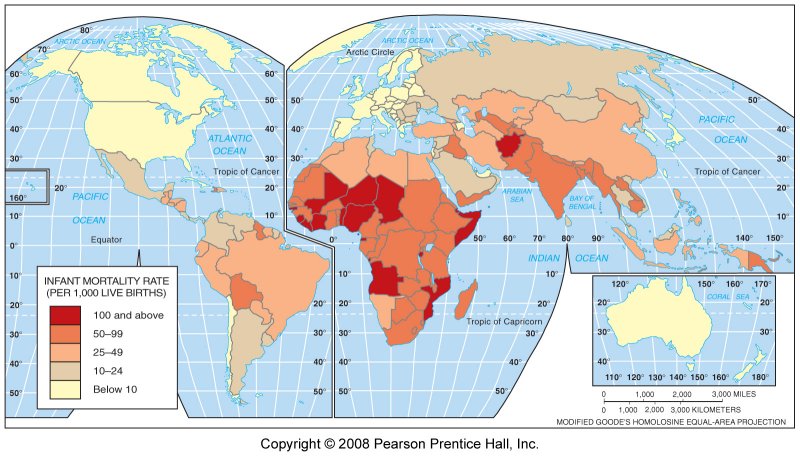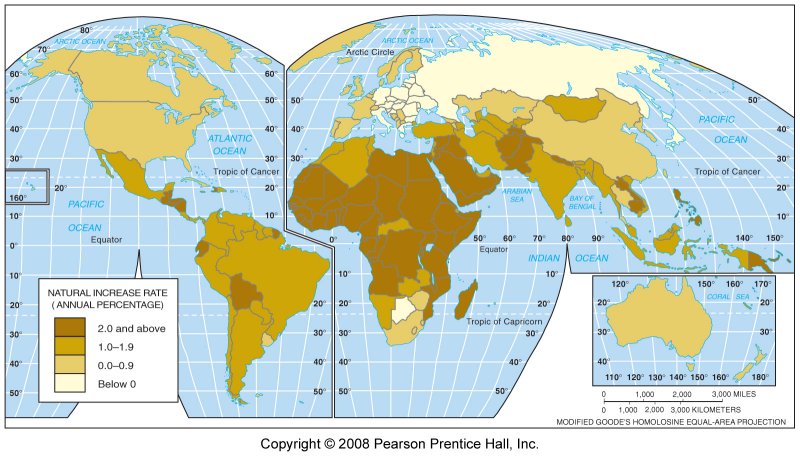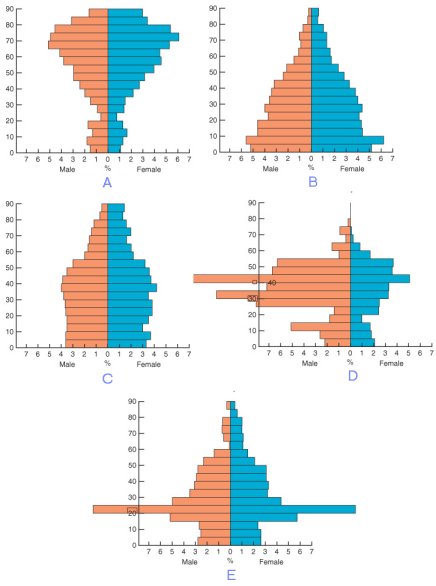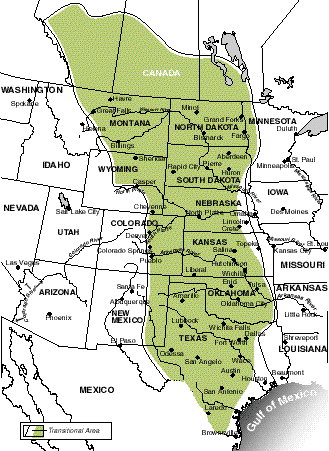|
|
|
The best way to review for exam 1 is to:
- Look up everything on this study guide in the book or instructor notes.
- Write down the definitions of all words listed.
- You may need to use the index at the back of the textbook and the vocabulary links at the end of the instructor notes.
- Find all figures either in the textbook or instructor notes and read all you can about them.
Also:
- read the assigned readings (you may want to take notes)
- read the Instructor notes for each week
- learn the vocabulary !!!
- study the maps and figures in the textbook and instructor notes; there will be maps and figures on the exam
- review the Required Activities
This "review" page is intended to narrow your studying as you prepare for taking the exam or retake.
WEEK 1 - INTRODUCTION
Define
- region
- formal regions
- functional region
- distance decay
- location
- site
- situation
- toponym
- Zuider Zee
- density (frequency)
- distribution (spread)
- pattern
- U.S. Land Ordinance of 1785
- arithmetic density
- physiologic density
- diffusion
- relocation diffusion
- expansion diffusion
- hierarchical diffusion
- contagious diffusion
- hearth
- globalization of culture
- environmental determinism
- possibilism
- polder
Textbook Figures
- 9-1
- 9-11
- 9-32
- 1-19
- 12-10
Other
- three questions asked by geographers
- climatic regions A, B, C, D, E, and H
- locations
- characteristics
- more developed regions and less developed regions
- why is Africa divided into two separate regions?
- fundamental elements of culture
- economic globalization
- South Florida's environmental modification
- north polar projection (figure 9-32) and core/periphery
Some of the Maps and Other Figures Seen in the Exam
WEEK 2 - MAPS
Define
- scale
- large scale
- small scale
- orientation - which way is up?
- cartograms
- great circle
- hemishere
- cartography
- GIS
- GPS
- remote sensing
- meridians or longitude
- prime meridian
- parallels or latitude
- equator
- mathmatical location
- Greenwich Mean Time
- International Date Line
Other
- election result maps - and cartograms
- map projections:
- Mercator
- Peters
- Goode's
- Robinson
- which properties are preserved andwhich are distorted in the four map projctions above?
- map symbols
- line
- area
- point
- mathmatical location (pp. 15-16)
- time zones
Some of the Maps Seen in the Exam
WEEK 3 - POPULATION
Define
- crude birth rate
- crude death rate
- natural increase rate
- cartogram
- population density
- arithmetic density
- physiological density
- arable land
- doubling time
- total fertility rate
- infant mortality rate
- life expectancy
- agricultural revolution
- industrial revolution
- medical revolution
Textbook Figures
- 2-9
- 2-10
- 2-13
- 2-14
- 2-15
- 2-33
Other
- world's four major population clusters
- characteristics of the areas where population clusters are found and the major exceptions
- population pyramid
- 4 stages of the demographic transition and birth rates, death rates, and natural increase rates in each stage
- election results: maps vs. cartograms
- in which climatic regions do yo find the most, and least, population?
- HIV/AIDS
- rule of 70
- why do many less developed countries have lower crude death rates than many more developed countries?
- "upside down" poulation pyramids
Some of the Maps and Figures Seen in the Exam
WEEK 4 - MIGRATION
Define
- migration
- push factors
- pull factors
- refugees
- forced migration
- intervening obstacle
- enclosure movement
- immigration vs. emigration
- chain migration
- net migration
- boat people
- The Sahel and the Sahara
- the great plains
- "sticky" states and "magnet" states
Textbook Figures
- 3-2
- 3-5
- 3-8
- 3-16
- 3-18
Other
- know the reasons for migrating
- why has the internal migration rate in the U.S. declined?
- forced migration of African slaves
- who are the largest international refugee groups in the world today?
- who are the largest internal refugee groups in the world today?
- why were millions of Europeans forced to emigrate from their farms?
- know figure 3-8 well / U.S. Immigration Patterns
- 1986 Immigration Reform and Control Act
- Mexico is the source of the largest number of legal AND undocumented immigrants to the US
Some of the Maps Seen in the Exam
INSTRUCTOR:
E-Mail instructor: mhealy@harpercollege.edu
Office: J-262
Phone: 847-925-6352
Home: 815-728-1571
Cell: 815-861-7265



